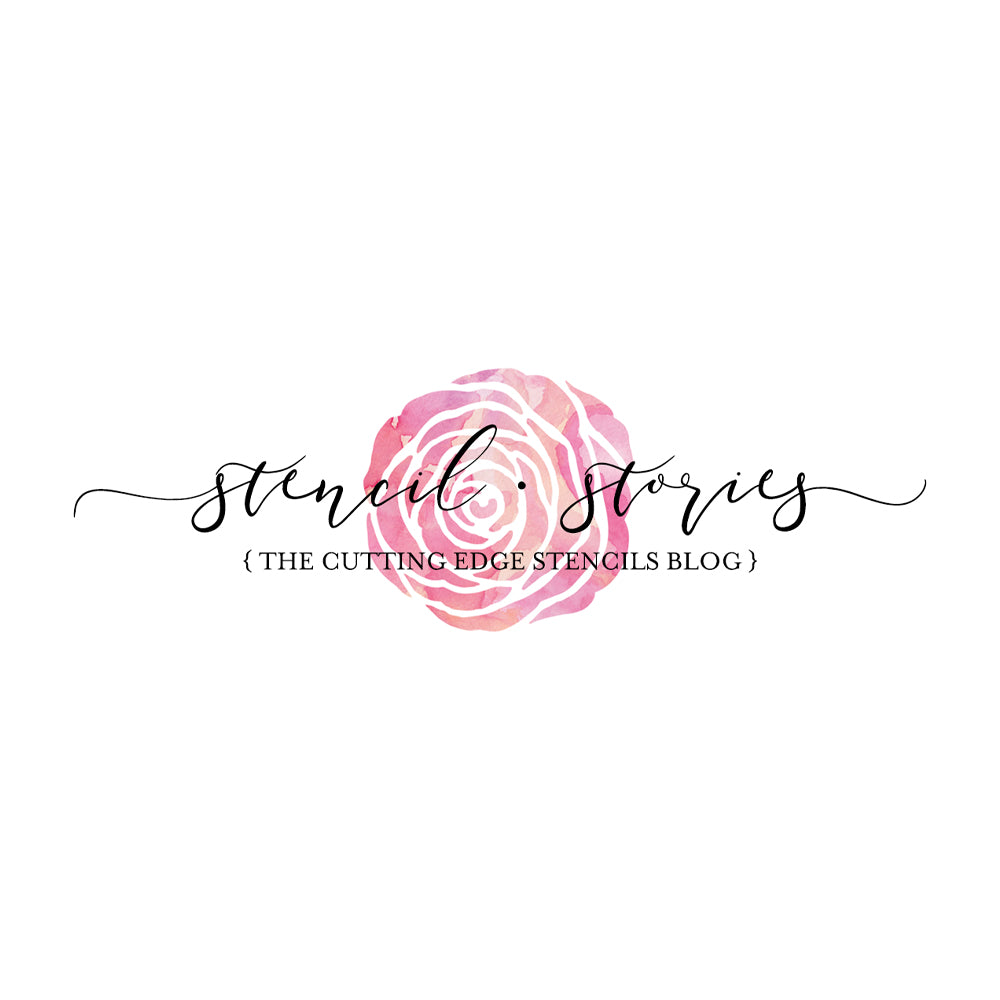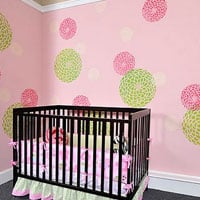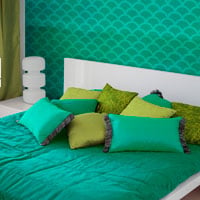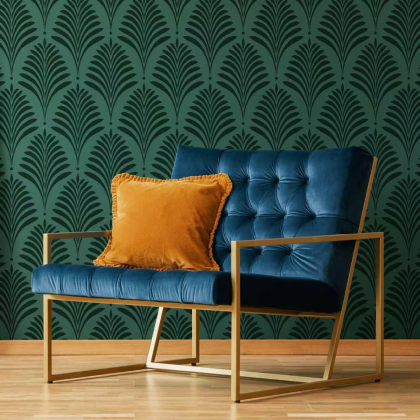Accessibility Statement
Our Commitment to Accessibility
We are committed to ensuring digital accessibility for people with disabilities. We are continually improving the user experience for everyone, and applying the relevant accessibility standards to help users with various disabilities access our website effectively.
Compliance Status
Our website strives to conform to the Web Content Accessibility Guidelines (WCAG) 2.1 Level AA standards. We also aim to be compliant with the Americans with Disabilities Act (ADA) and the European Accessibility Act requirements. These guidelines and regulations explain how to make web content more accessible to people with a wide range of disabilities. We acknowledge that some aspects of our website may not yet achieve full compliance, and we are actively working to address these areas.
Accessibility Features Available
Our website implements the Accessibly App, which provides a variety of tools to enhance website accessibility:
Visual Adjustments
- Bigger Text: Increase text size up to 3x for better readability (WCAG 2.1/1.4.4)
- Bigger Cursor: Enhanced cursor visibility for easier navigation
- Color Adjustments: Invert colors, adjust contrast, brightness, and saturation
- Grayscale Mode: Convert website to grayscale for users with visual impairments
- Hide Images: Reduce visual distractions for easier reading
Reading and Navigation Aids
- Reading Line: Adds a guide line to help follow text
- Reading Mask: Places a mask over text to isolate lines and enhance focus
- Readable Fonts: Converts to highly legible fonts for better comprehension
- Highlight Links: Makes links more prominent for easier navigation
- Dyslexic Fonts: Special typography for users with dyslexia
- Page Structure: Simplified layout options for easier navigation
Assistive Technologies
- Keyboard Navigation: Full website control using keyboard (Tab, Shift+Tab, Enter)
- Alt Text for Images: AI-generated image descriptions where manual ones aren't provided
- Read Page Aloud: Text-to-speech functionality
- Stop Animations: Pause motion content for users with vestibular disorders
Limitations and Feedback
Despite our best efforts to ensure accessibility, there may be some limitations. Content provided by third parties, user-generated content, or certain legacy pages may not be fully accessible. We are continuously working to improve our website's accessibility.
We welcome your feedback on the accessibility of our website. If you encounter any barriers or have suggestions for improvement, please contact us. We are committed to addressing these issues promptly.
Technical Information
The accessibility features on this website are provided through the Accessibly App, which utilizes several technologies including HTML, CSS, JavaScript, and various frameworks to enhance accessibility. Our implementation strives to be compatible with major screen readers and assistive technologies.
Legal Disclaimer
While we strive to adhere to WCAG 2.1 Level AA standards and provide accessible content, we cannot guarantee that our website will be accessible to all users under all circumstances. This website is provided 'as is' without any representations or warranties, express or implied.
In no event shall we be liable for any damages arising from or related to:
- Inability to access or use the website
- Any alleged non-compliance with accessibility laws or regulations
- Any disruption or errors in the functionality of accessibility features
By using this website, you agree to hold us harmless from any claims related to website accessibility issues. We are committed to addressing accessibility barriers in good faith but cannot guarantee immediate resolution in all cases.
Contact Us
If you have any questions about our accessibility efforts or encounter any barriers while using our website, please contact us.

 Pour your latex/acrylic paint onto your styrofoam plate. To load your foam roller, roll it into the paint on the plate with short, quick motions. Make sure to use some pressure on the roller as you load the paint, so that it absorbs the paint evenly.
Get rid of any excess paint on your roller by blotting it off a on folded paper towel. Roll it back and forth a few times until the roller seems almost dry so that you don't get any bleeding behind the stencil! The less paint you use, the better results you will get!
Pour your latex/acrylic paint onto your styrofoam plate. To load your foam roller, roll it into the paint on the plate with short, quick motions. Make sure to use some pressure on the roller as you load the paint, so that it absorbs the paint evenly.
Get rid of any excess paint on your roller by blotting it off a on folded paper towel. Roll it back and forth a few times until the roller seems almost dry so that you don't get any bleeding behind the stencil! The less paint you use, the better results you will get!
 Roll the paint onto the stencil with your loaded roller without pressing too hard. Make sure you do not roll over the outside of the stencil product.
Roll the paint onto the stencil with your loaded roller without pressing too hard. Make sure you do not roll over the outside of the stencil product.
 Once you've finished painting the stencil sheet, slowly remove the sheet from the wall.
Then continue with the process. Since the paint dries quickly, you can immediately start stenciling the next portion of the pattern. The Virginia Creeper Border is an interlocking pattern, so it will easily line up with the previously painted portion. The leaves on the right and left side of the pattern are identical, allowing the stencil to lock into itself and continue the pattern seamlessly.
Once you've finished painting the stencil sheet, slowly remove the sheet from the wall.
Then continue with the process. Since the paint dries quickly, you can immediately start stenciling the next portion of the pattern. The Virginia Creeper Border is an interlocking pattern, so it will easily line up with the previously painted portion. The leaves on the right and left side of the pattern are identical, allowing the stencil to lock into itself and continue the pattern seamlessly.
 After stenciling a few sheets of the pattern, you will need to reload your roller with more paint. Do not put too much pressure on the roller in attempt to squeeze out the last bits of paint; this will cause bleeding behind the stencil.
Continue the process until the border is surrounding the room. The pattern should come out clean and crisp, even if you do not use spray adhesive to stick the pattern to the wall.
Finally, sit back and admire the work you've completed! The border stencil added such a beautiful, warm feel to the interior design of this kitchen! See, there's no need to fear stenciling when you have Cutting Edge Stencils on your side!
After stenciling a few sheets of the pattern, you will need to reload your roller with more paint. Do not put too much pressure on the roller in attempt to squeeze out the last bits of paint; this will cause bleeding behind the stencil.
Continue the process until the border is surrounding the room. The pattern should come out clean and crisp, even if you do not use spray adhesive to stick the pattern to the wall.
Finally, sit back and admire the work you've completed! The border stencil added such a beautiful, warm feel to the interior design of this kitchen! See, there's no need to fear stenciling when you have Cutting Edge Stencils on your side!
 Want more info on stenciling?:
Want more info on stenciling?:








